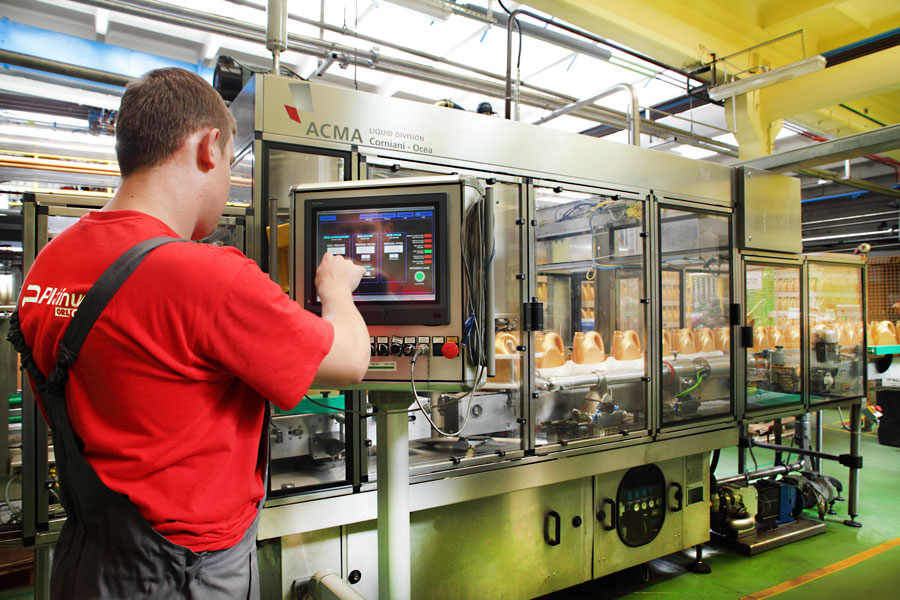Eastern Europes lubricant demand declined 0.5 percent from 2015 to just slightly above 3 million tons in 2016, hindered by economic problems in Russia and Ukraine, according to German lube manufacturer Fuchs Petrolub SE.
The trend in Eastern Europe compared unfavorably, for example, to the mature markets of North America and Western Europe, which saw lubricant demand rise 0.3 percent and 0.2 percent, respectively, said Apu Gosalia, Fuchs vice president of sustainability and global competitive intelligence. Economic growth in Asia-Pacific has slowed but is still positive, and lubricant demand there grew by 0.2 percent in 2016.
Speaking during a Feb. 15 seminar ahead of the ICIS World Base Oils & Lubricants Conference in London, he gave particular attention to Russia, Ukraine and Poland, the Eastern European countries that consume the most lubricants. Russias economy was hit hard over the last couple of years for a number of reasons, including international sanctions imposed on the country and the oil prices crash in 2014.
Fuchs ranked Russia fifth-largest lubricant market in the world in 2016 and the largest in Europe with demand of 1.3 million tons. The German lube maker expects the Russian economy to slightly recover this year and its lubricant demand to stay flat.
Ukraines gross domestic product is down upwards of 20 percent since 2007, but its economy is forecast to recover modestly and its lubricant demand to stagnate in 2017, Gosalia said. The country consumed approximately 340,000 tons of finished lubes in 2016, Fuchs estimates, down from around 420,000 tons in 2007.
Poland consumed 240,000 tons of lubes in 2016, approximately 4 percent less than in 2007.
Demographic and economic trends will continue to impact lube demand, as they always do, Gosalia said. Western Europes lube demand is expected to decline as its trend of declining population will continue. He indicated that more and more energy production is moving from Western Europe towards Eastern Europe, offering a chance for the development of lubricant markets in the latter region. He added, however, that energy markets are also evolving. Dirty energy sources like coal or fuel oil are declining fast because of state regulators, and we will see more and more a shift towards sustainability and clean and renewable energy. They will have a boost, and it will be a potential growth opportunity] for the lubricant markets, he indicated.
Eastern Europe accounted for about 8 percent of global lubricant demand, excluding marine oils. Global demand has gradually recovered since the recession of 2008, rising from 34 million tons in 2010 to 35.6 million tons in 2015, according to Fuchs. However, in 2016 we reached a symbolic figure – 35.7 million tons, which was the same as in 2008, before the Great Recession stumbled the markets across the globe and global lubricant demand fell below 32 million tons in 2009, said Gosalia. Europe was also hit very hard with a demand slump of 20 percent, while on a global level, lubricant demand dropped 10 percent.
Lubricant demand in some regions declined from 2007 to 2016 – in Europe by 18 percent, in North America by 13 percent – due to shifts toward higher quality products, longer drain intervals and regional macroeconomics. Meanwhile, demand in Asia-Pacific grow by approximately 17 percent from 2007 to 2016.

Photo courtesy of Orlen Oil